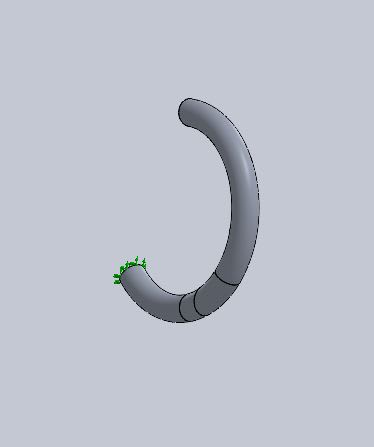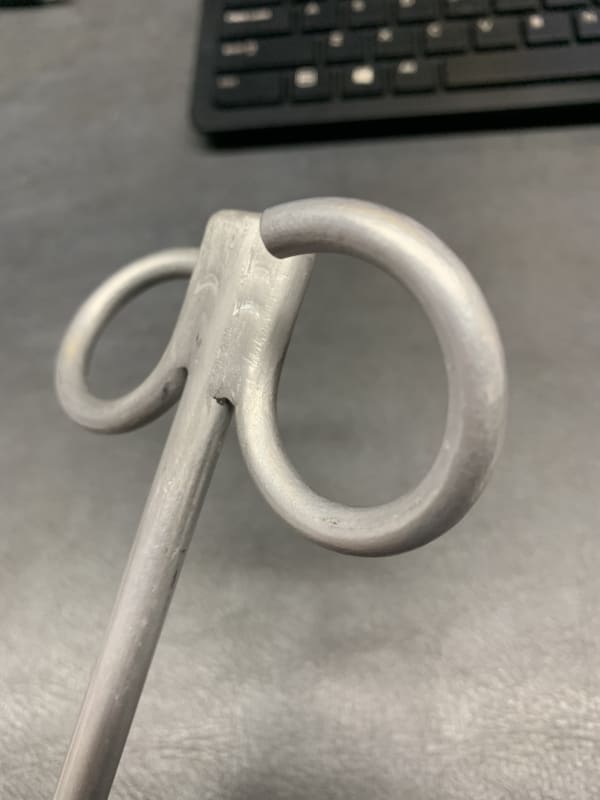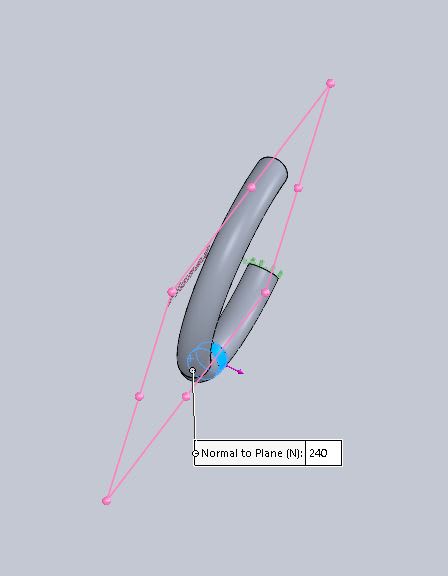Hi Guys
I am working on a design for an IV pole hook which is required to carry 1.2kg bags. The challenge is to allow for a 20G frontal impact load factor. The design uses AL 6063-t6 rod - 6mm. The FEA indicates failure when the load moves slightly away from the fixed point. It passes when it is closer to the fixed point. I believe it is due to the moment increase. I advised this to the client, who is an electrical engineer and is also the manager for the system I am designing. He seems to be skeptical about it even after I showed him the FEA and my calculations. He reckons this design was used in the past with no issues and cannot believe 6mm AL rod would fail with only 240N. I am starting to doubt my own FEA, so I need clarification if I am doing the FEA correctly.



I am working on a design for an IV pole hook which is required to carry 1.2kg bags. The challenge is to allow for a 20G frontal impact load factor. The design uses AL 6063-t6 rod - 6mm. The FEA indicates failure when the load moves slightly away from the fixed point. It passes when it is closer to the fixed point. I believe it is due to the moment increase. I advised this to the client, who is an electrical engineer and is also the manager for the system I am designing. He seems to be skeptical about it even after I showed him the FEA and my calculations. He reckons this design was used in the past with no issues and cannot believe 6mm AL rod would fail with only 240N. I am starting to doubt my own FEA, so I need clarification if I am doing the FEA correctly.



